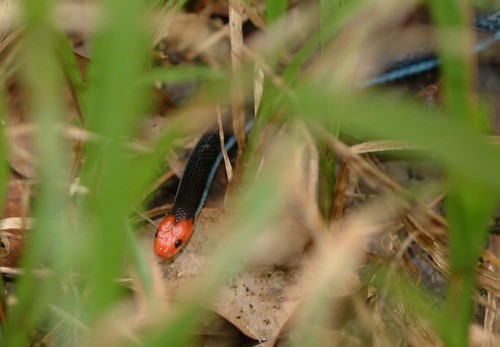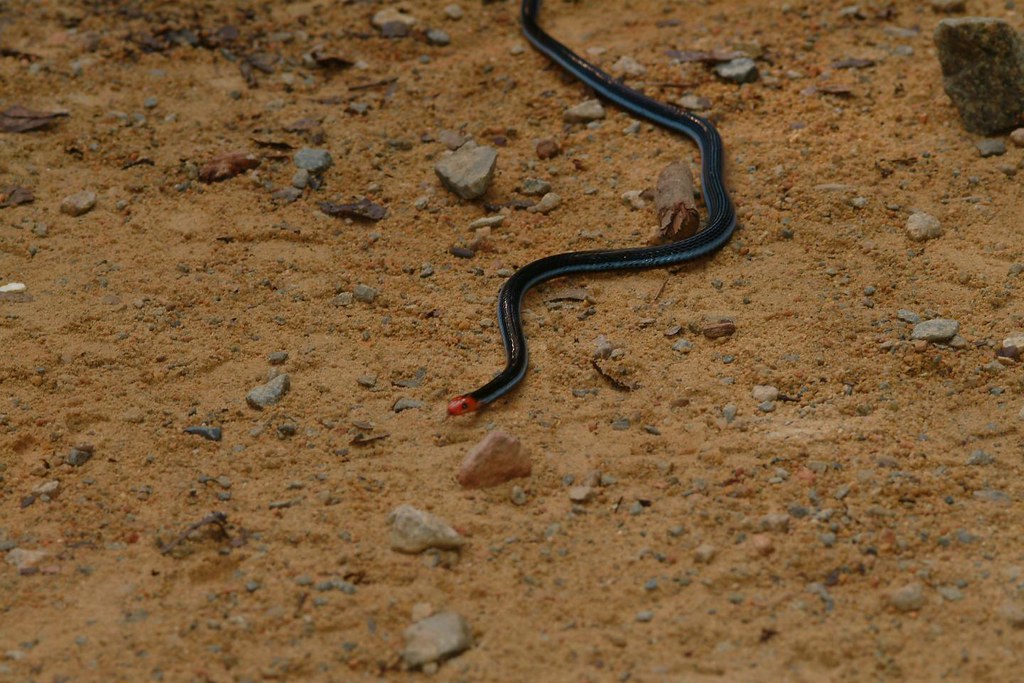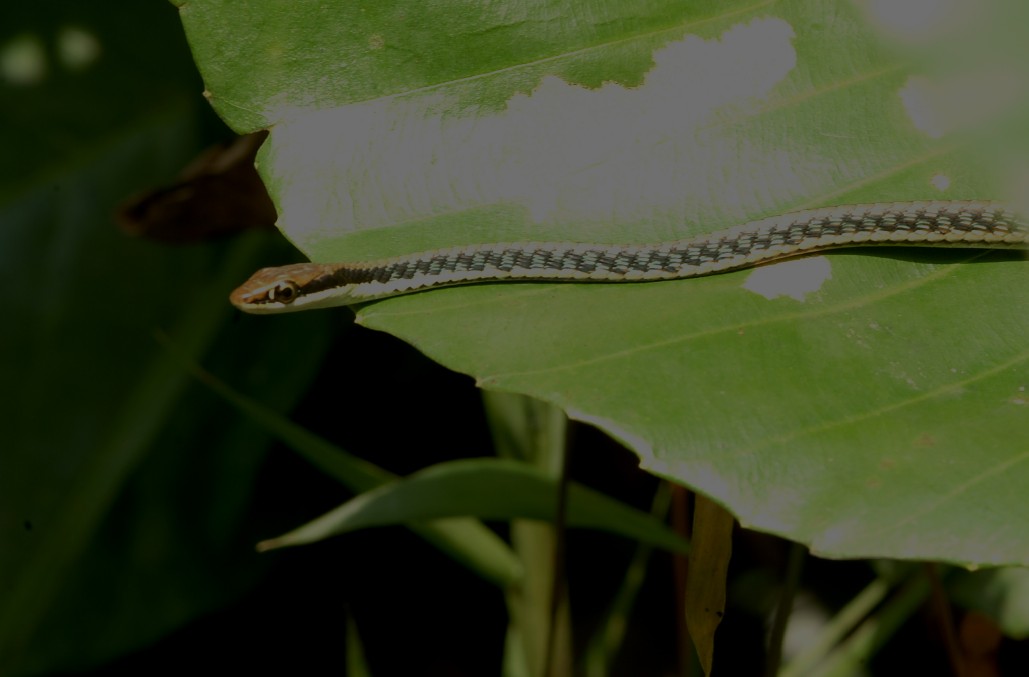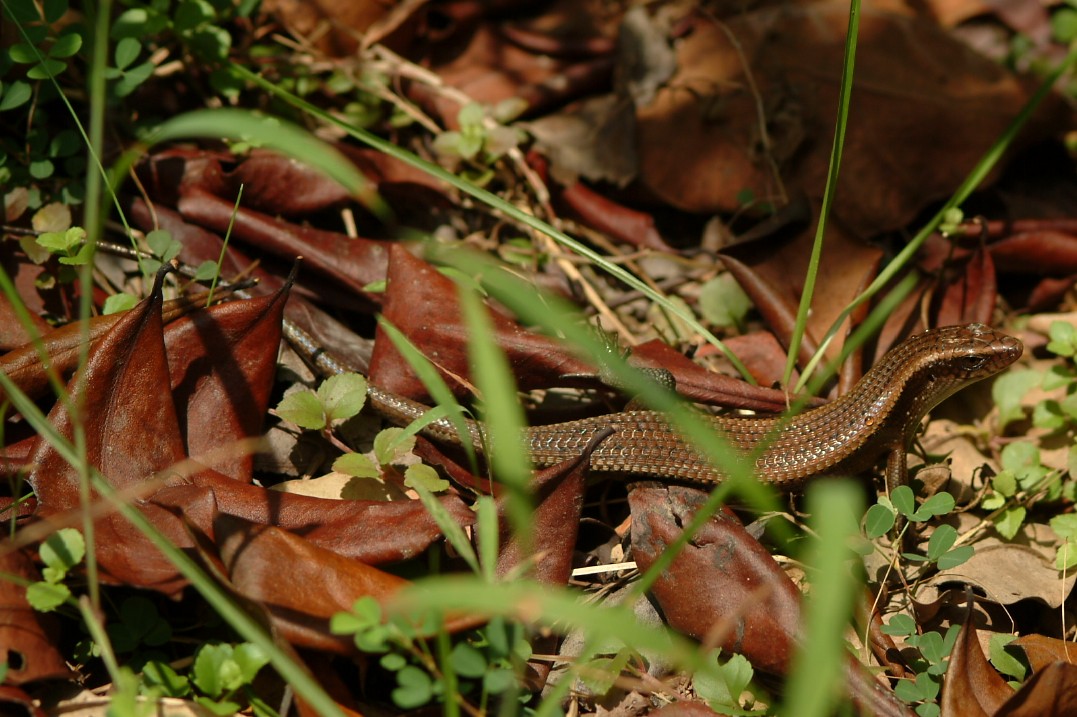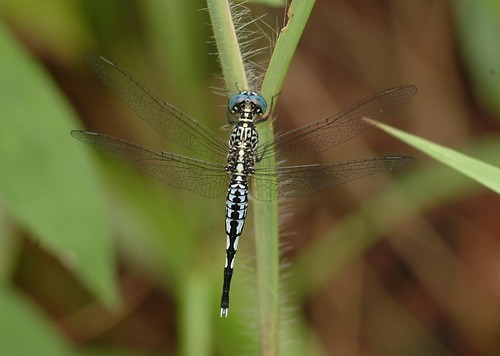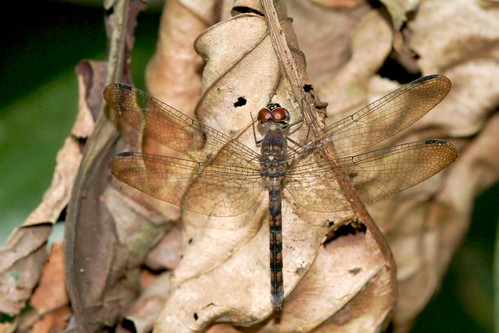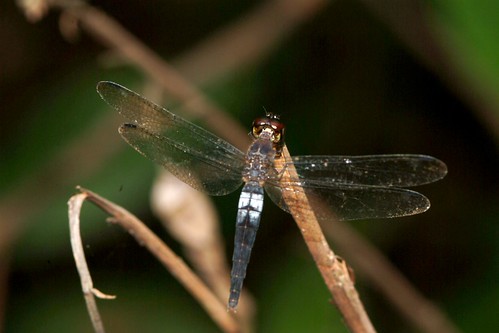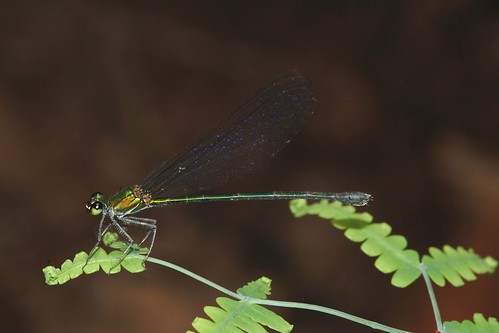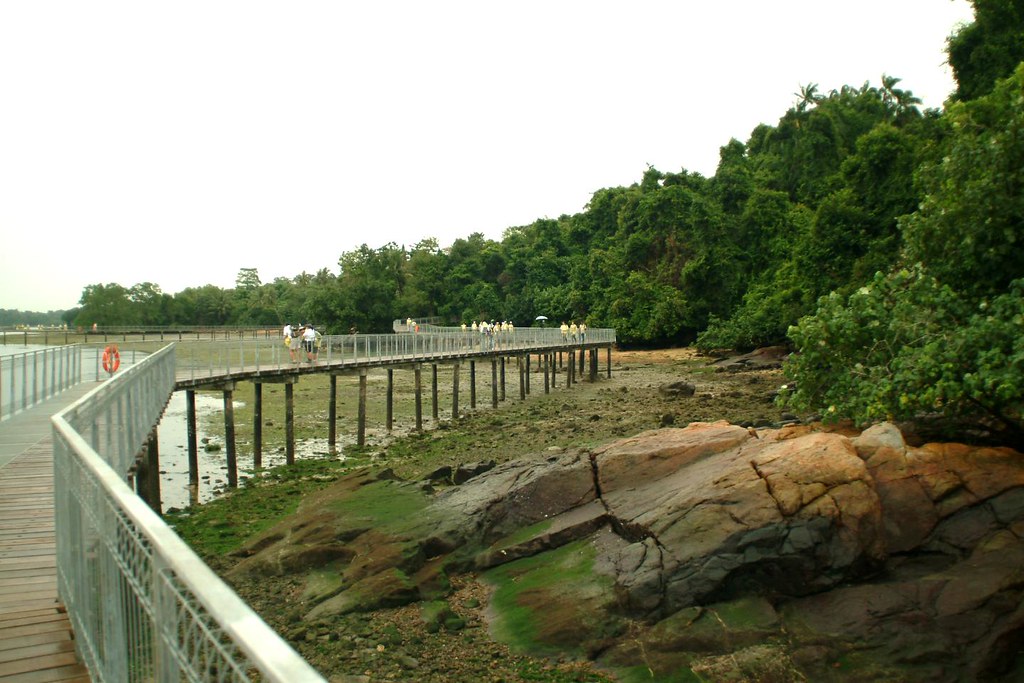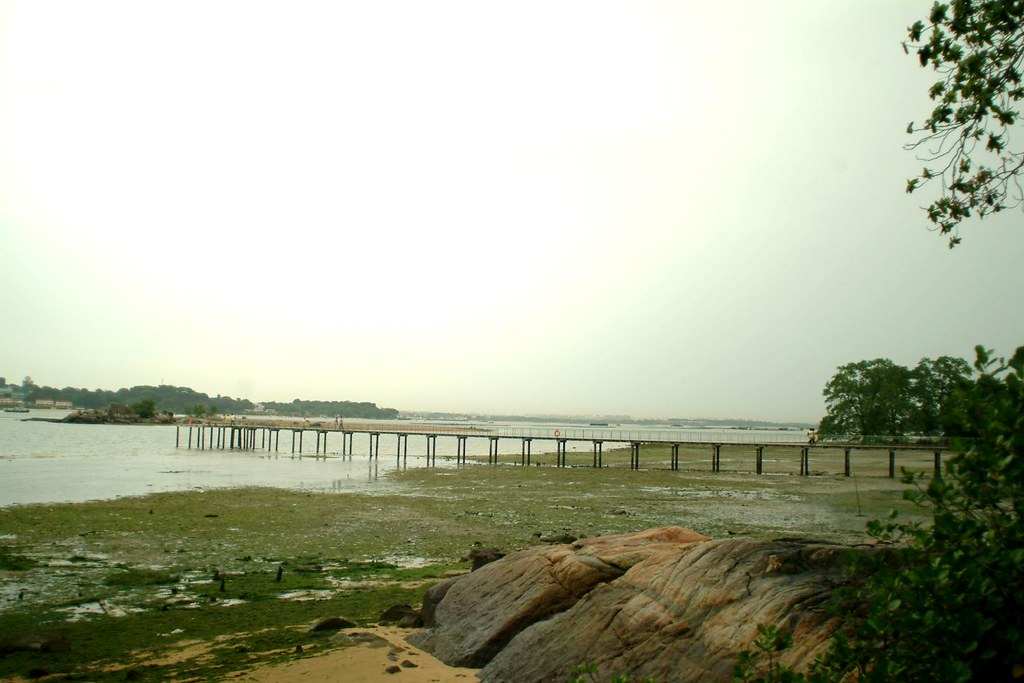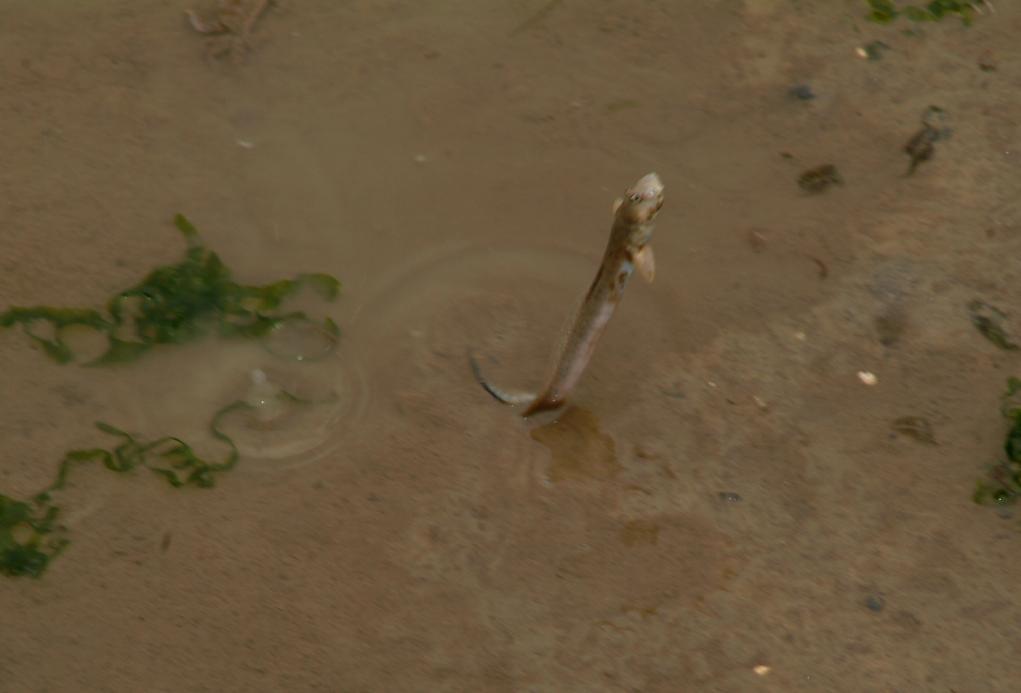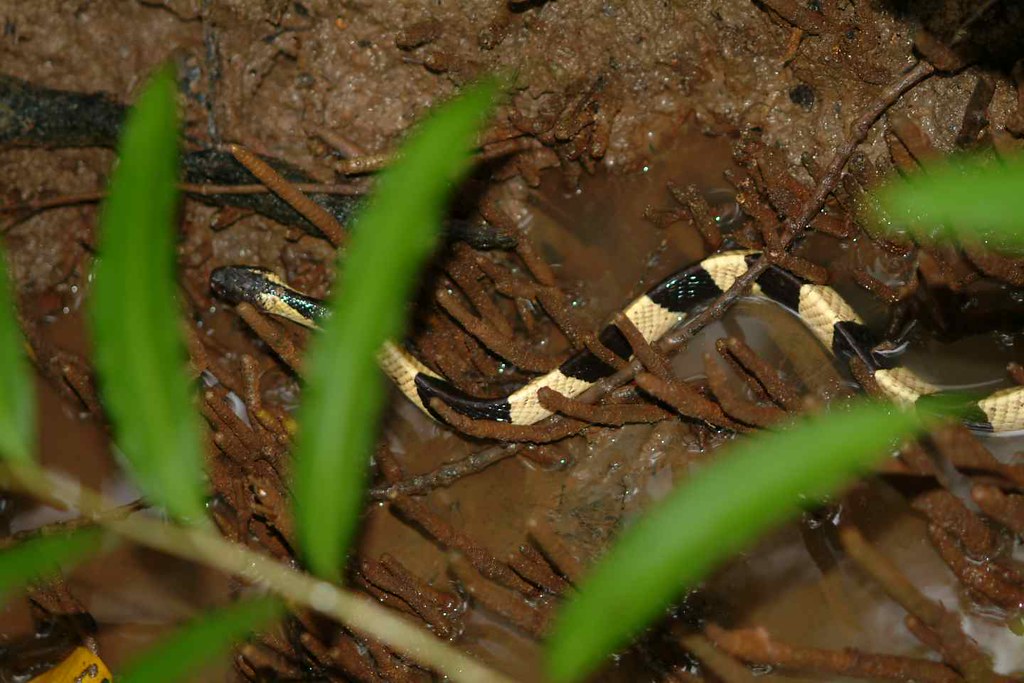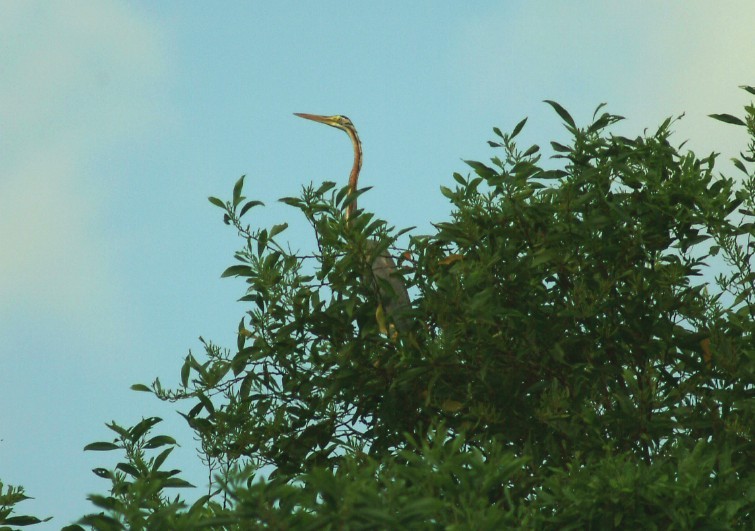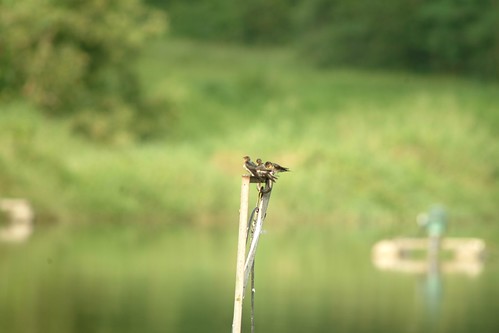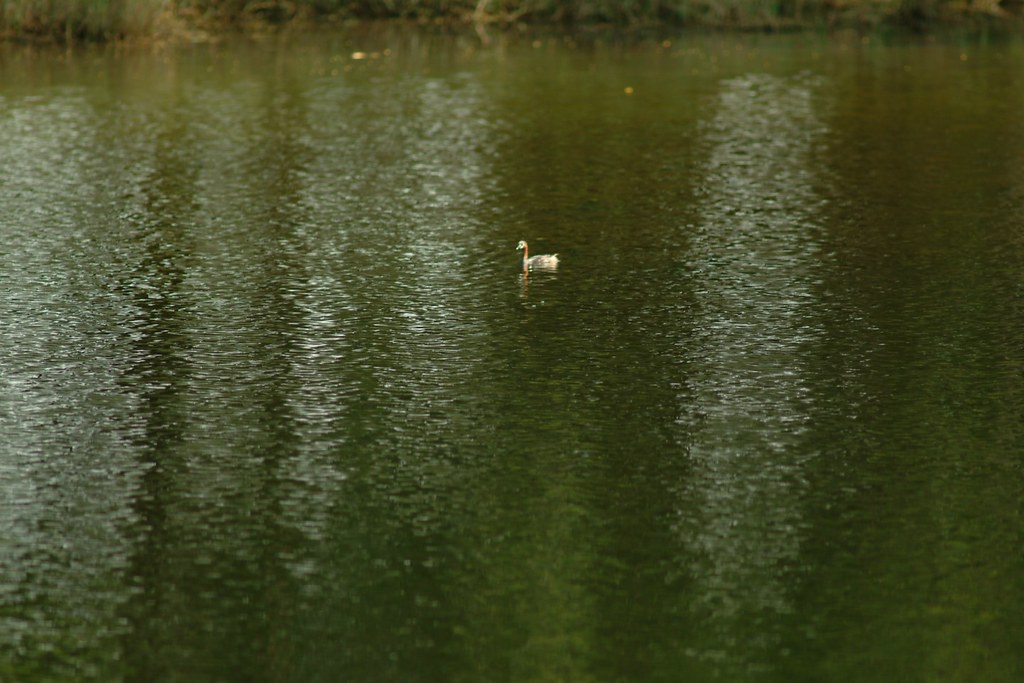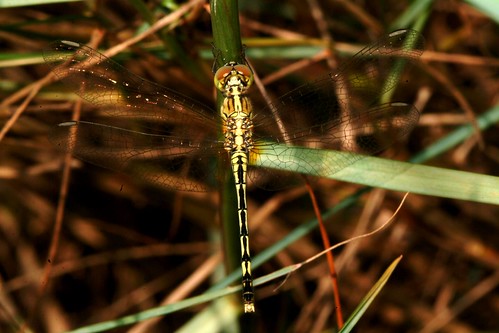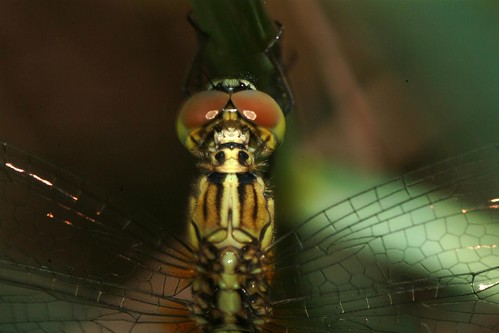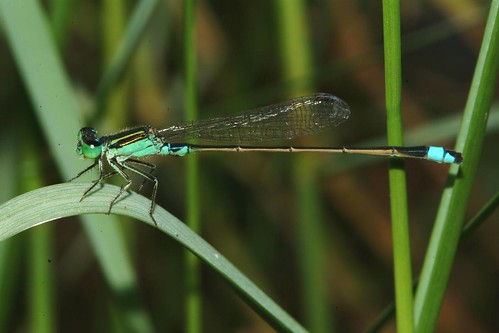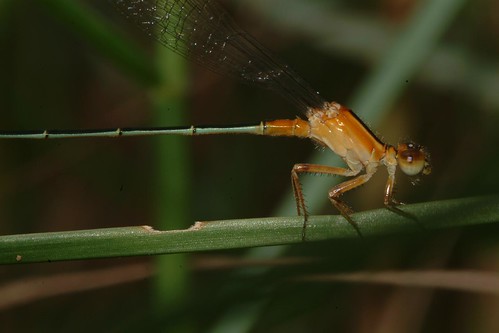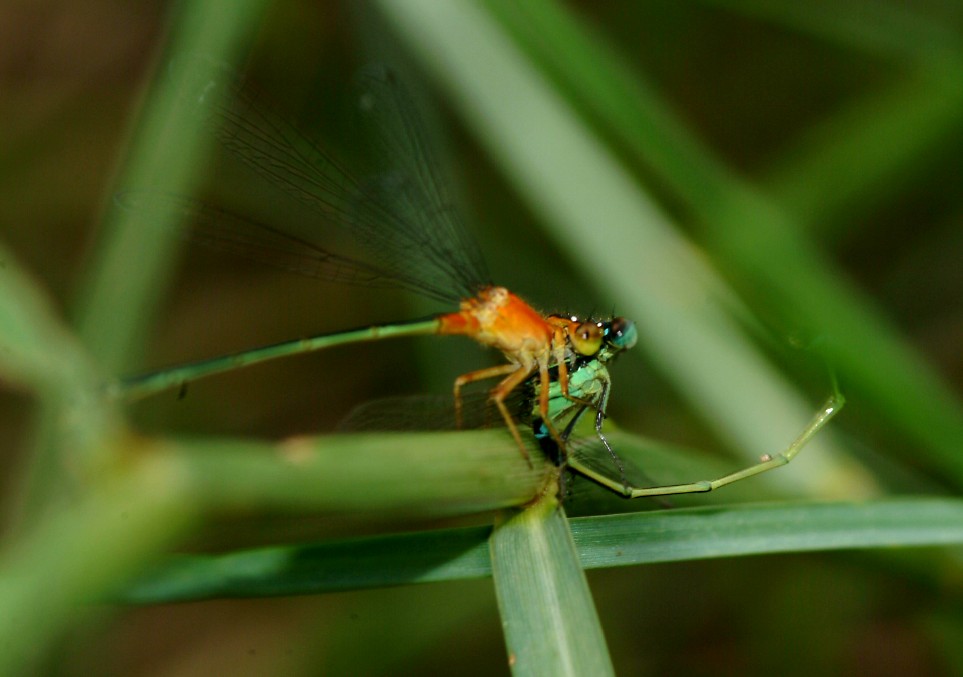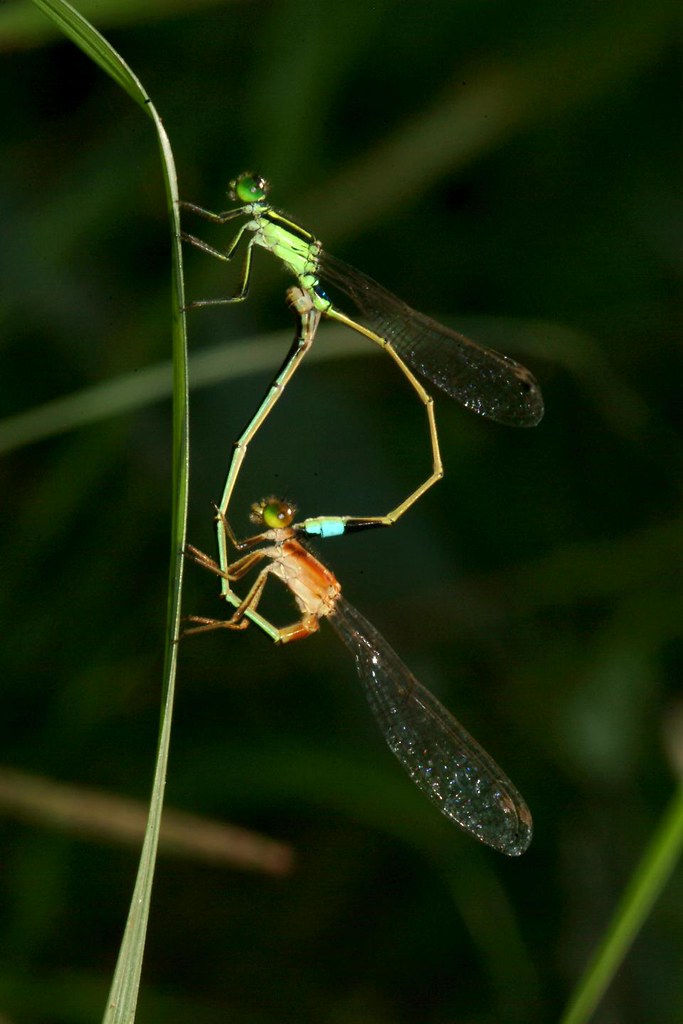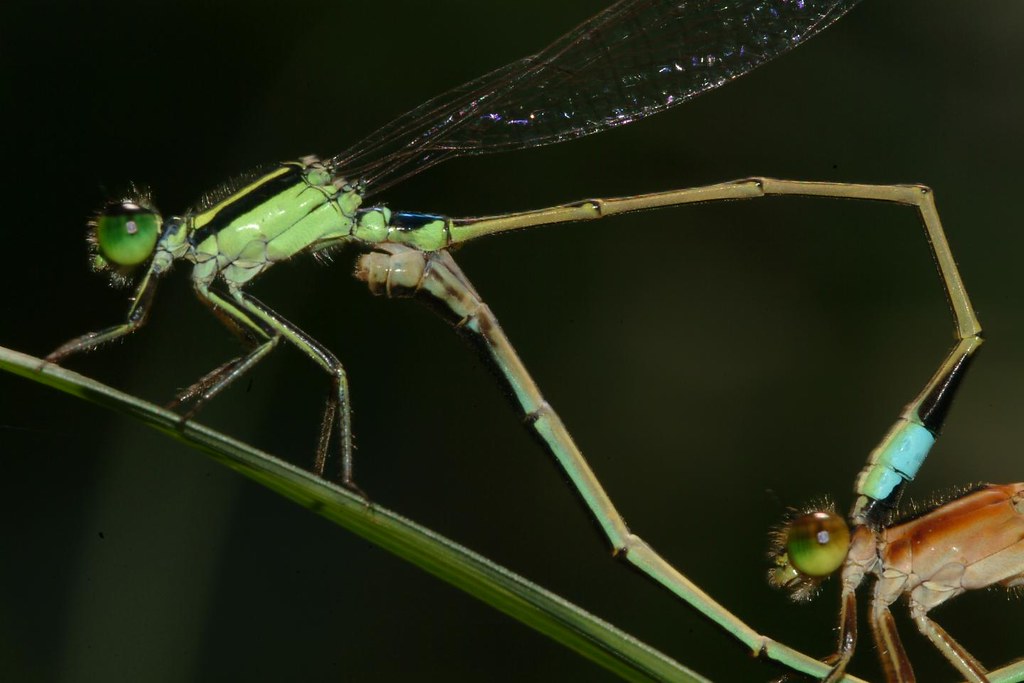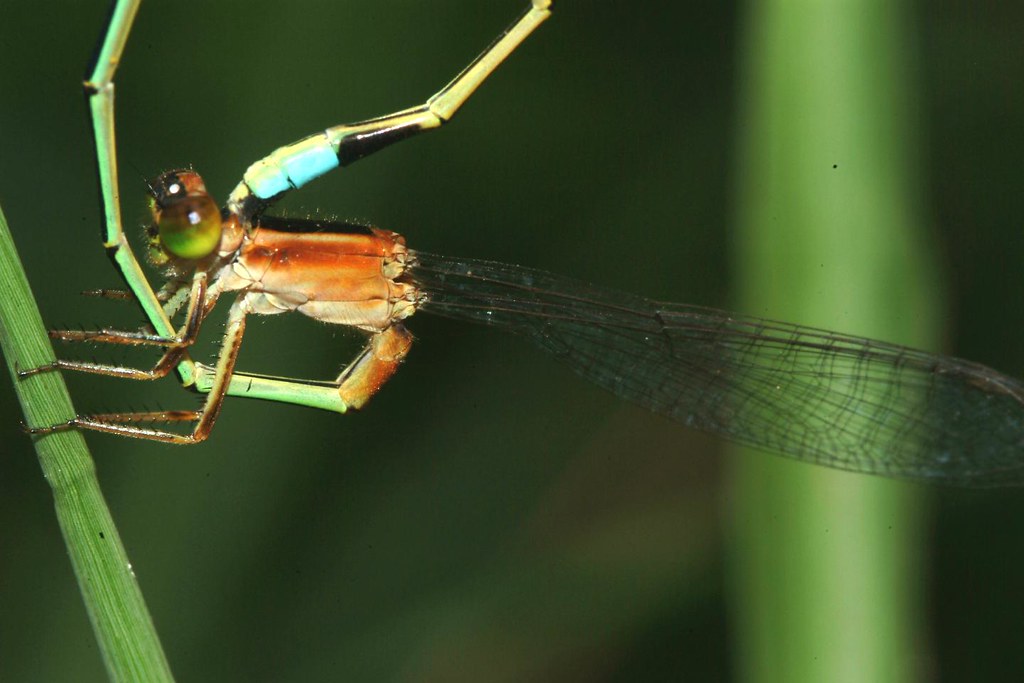 This is the second time that I joined Kim Seng for the bird census. On 25th March this year, during the Annual Bird Census, I did learn a lot from him by coming along for the 3 hour walk. This year I even learnt more as we were lucky enough to sight a very good spot which is created by several naturally fallen trees. During about 20 minute stop there, we found more than 10 species of forest birds actively moving around and singing, including some that I have never seen before, namely the Asian Fairy-Bluebird, Red-Crowed Barbet, Chestnut-Bellied Malkoha and Red-Eyed Bulbul, etc. Kim Seng explained to me and Paul, the other assistant for the census, the various songs and their responsible singers. It's really a very nice experience that you hear a bird song and see the bird at the same time! In total, we encountered 35 species, with 184 individuals of birds. There are two black-naped oriole and several Yellow-vented Bulbul there also, which according to Kim Seng, is not a good sign for the habitat. Both species are normally found at open country area.
This is the second time that I joined Kim Seng for the bird census. On 25th March this year, during the Annual Bird Census, I did learn a lot from him by coming along for the 3 hour walk. This year I even learnt more as we were lucky enough to sight a very good spot which is created by several naturally fallen trees. During about 20 minute stop there, we found more than 10 species of forest birds actively moving around and singing, including some that I have never seen before, namely the Asian Fairy-Bluebird, Red-Crowed Barbet, Chestnut-Bellied Malkoha and Red-Eyed Bulbul, etc. Kim Seng explained to me and Paul, the other assistant for the census, the various songs and their responsible singers. It's really a very nice experience that you hear a bird song and see the bird at the same time! In total, we encountered 35 species, with 184 individuals of birds. There are two black-naped oriole and several Yellow-vented Bulbul there also, which according to Kim Seng, is not a good sign for the habitat. Both species are normally found at open country area.
During the census, we came across a Blue Malayan Coral Snake. It was slowly moving from one side of the trail to the other. That gave me a sufficent time to take photos for it. But as it is so famous for its venomous bite, I dare not to go too close to it for a closeup. We also saw quite a number of dragonfly and damselfly species. So after the census, I spend another 2 hours walked again along the same trail to survey the dragonfly and damselfly. I tried to take photography records for most of the species. But several species were in limited number and located at some distance beyond my camera's reach. A painted bronzeback snake and a comon Sun Skink were also recorded. The following list is based on direct observation and photographs consulted with the guidebooks by Orr (2003, 2005).
Odonata species list for the day
1. Ceriagrion cerinorubellum (Brauer, 1865), common
2. Vestalis amoena (Hagen, 1853), common
3. Aciosoma panorpoides Rambur, 1842, common
4. Ictinogomphus decoratus melaenops (Selys, 1858), common
5. Neurothemis fluctuans (Fabricius, 1793), common
6. Orchithemis pulcherrima Brauer, 1878, blue morph, common
7. Brachydiplax chalybea Brauer, 1868, common
8. Orthetrum sabina (Drury, 1773), common
9. Orthetrum chrysis (Selys, 1891) male, commom
10. Rhyothemis phyllis (Sulzer, 1776), common
11. Rhyothemis triangularis Kirby, 1889, uncommon
12. Rhyothemis cf obsolescens Kirby, 1889, uncommon
13. Trithemis aurora (Burmeister, 1839), common
14. Tyriobapta torrida Kirby, 1889, common

Orchithemis pulcherrima, orange form
Orchithemis pulcherrima, dark form
Tyriobapta torrida
References
Lim, K. K P & F. L. K. Lim, 1992. A guide to the amphibians and reptiles of Singapore. Singapore Science Centre, Singapore, pp1-160.
Lim, K. S. & Gardner, D. C., 1997. Bird, an Illustrated field guide to the birds of Singapore. Sun Tree Publishing, Singapore, pp 1-210.
Orr, A. G., 2005. Dragonflies of Peninsular Malaysia and Singapore. Natural History Publications (Borneo), Kata Kinabalu, pp. 1-125.
Orr, A. G., 2003. A guide to the dragonflies of Borneo, their identification and biology. Natural History Publications (Borneo), Kota Kinabalu, pp. 1-195.
Cheong, L. F., Checklist of Odonata in Singapore. (unpublished)
